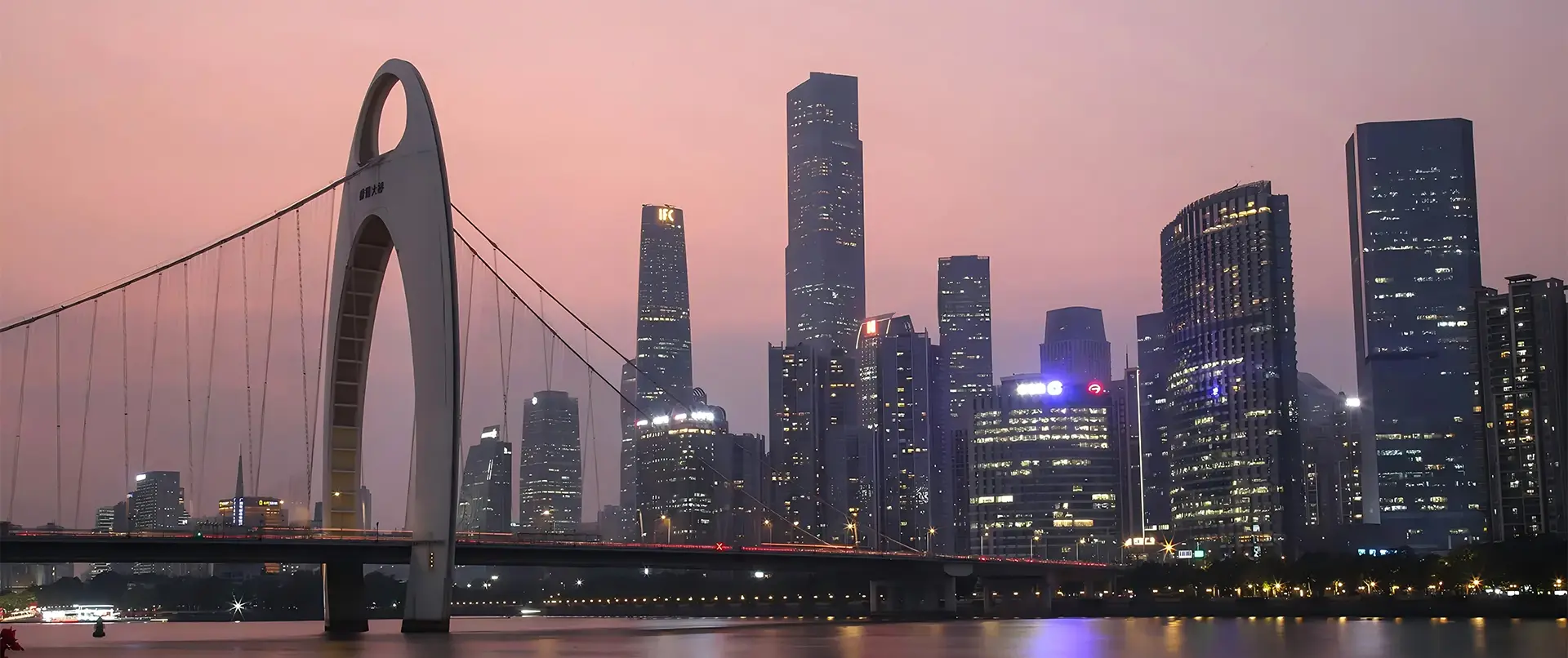7 Essential Tips to Master Sketchup To Render for Stunning Visuals
In the realm of 3D modeling and architectural visualization, mastering the process of "Sketchup To Render" has become an invaluable asset for professionals. According to a recent report by MarketsandMarkets, the global architectural visualization market is projected to grow from $2.1 billion in 2021 to $4.5 billion by 2026, reflecting a compounded annual growth rate of 16.2%. As the demand for visually compelling presentations escalates, proficiency in tools like SketchUp, paired with rendering software, is essential for creating stunning visual outputs that enhance communication and decision-making in design projects. By honing specific skills and techniques, designers can elevate their rendering capabilities, ensuring that their visualizations are not only accurate but also captivating. Adopting these seven essential tips will equip you with the knowledge to unlock the full potential of SketchUp in your rendering endeavors.
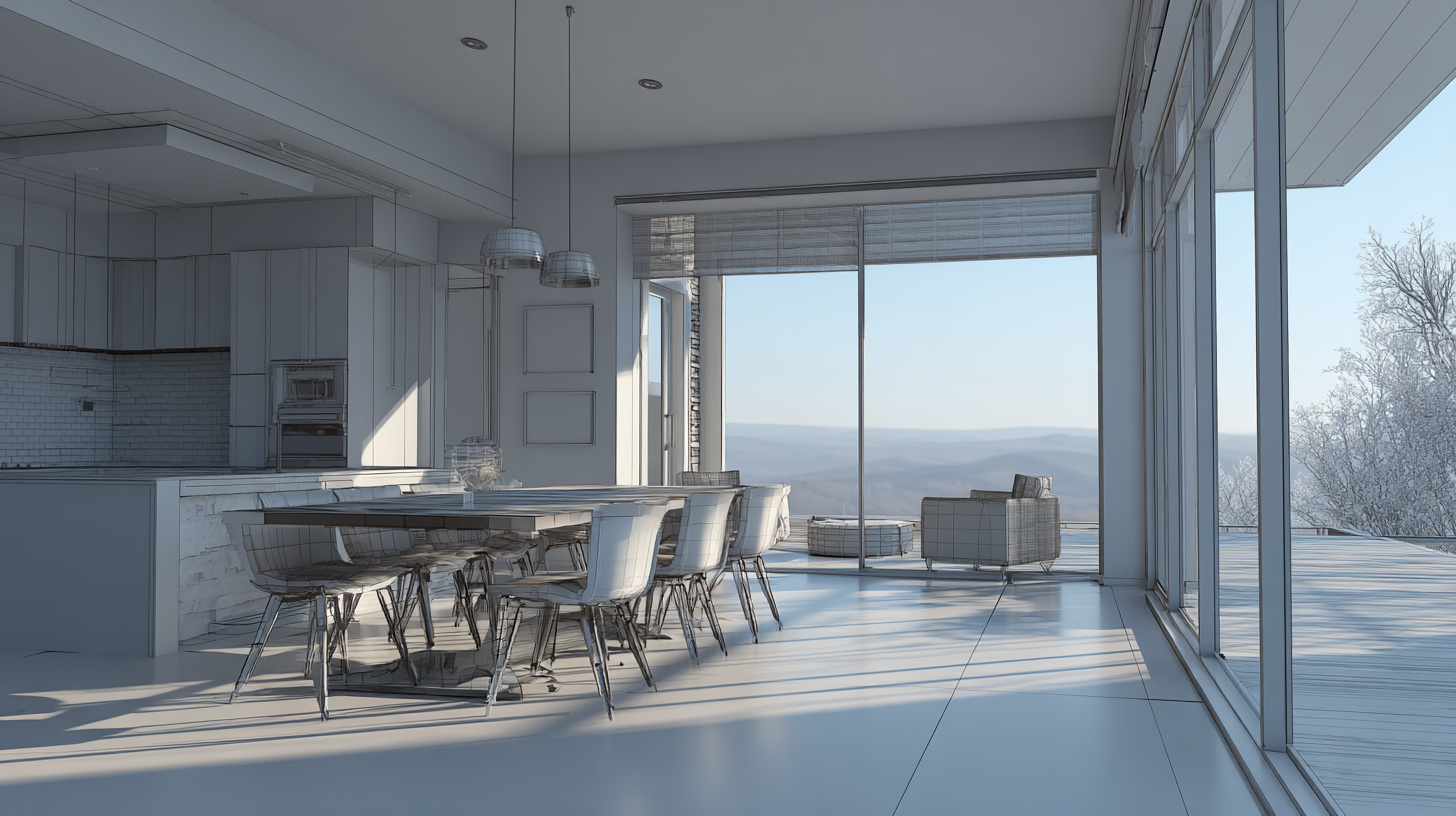
Essential Techniques for Effective 3D Modeling in Sketchup
Mastering 3D modeling in SketchUp is crucial for professionals in architecture and design. According to a report by the National Council of Architectural Registration Boards, over 61% of architectural firms are now utilizing 3D modeling software to enhance their client presentations and streamline the design process. Understanding essential techniques in SketchUp not only improves design efficiency but also plays a significant role in creating stunning visualizations that capture clients' attention.
One effective technique is the use of layers and groups to organize your model. This functionality allows designers to isolate different components, making it easier to edit and visualize complex projects. A study from the American Institute of Architects highlights that streamlined modeling workflows can reduce project completion time by up to 30%, enabling architects to focus more on creativity rather than technical frustrations. Additionally, utilizing plugins such as V-Ray for rendering can significantly elevate your project's visual output, with surveys indicating that 70% of designers believe high-quality renderings positively influence their clients' decisions.
Optimizing Materials and Textures for Realistic Renderings
When it comes to achieving realistic renderings in SketchUp, optimizing materials and textures is crucial. The choice of materials can dramatically affect the overall appearance of your model, and it's essential to select textures that not only complement the design but also enhance its realism. Start by carefully analyzing the properties of the materials you want to use. Consider factors such as color, surface finish, and light reflectance. Using high-resolution textures can significantly improve the details of your render, making surfaces appear more lifelike.
In addition to selecting appropriate textures, it’s important to utilize the material editor effectively within SketchUp. Adjust parameters like bump maps and specular highlights to add depth and realism to surfaces. Experimenting with different settings can help you achieve the desired look, whether it's a smooth, glossy finish or a rugged, matte surface. Don’t hesitate to import custom textures into your projects to create unique finishes that set your work apart. By mastering materials and textures, you'll elevate your visual presentations, bringing your designs to life in a striking and convincing way.
7 Essential Tips to Master Sketchup To Render for Stunning Visuals - Optimizing Materials and Textures for Realistic Renderings
| Tip No. | Tip Description | Optimization Technique | Expected Outcome |
|---|---|---|---|
| 1 | Use high-quality textures | Select textures above 1000px resolution | Clear and detailed surfaces |
| 2 | Layering materials | Combine multiple textures for depth | Richer texture appearance |
| 3 | Adjust reflection settings | Modify reflectivity for realistic surfaces | Enhanced realism in metals and water |
| 4 | Use bump maps | Apply normals for surface texture | Adds depth without geometry increase |
| 5 | Employ lighting techniques | Utilize three-point lighting setup | Creates depth and mood |
| 6 | Optimize render settings | Adjust sample rates and quality settings | Faster renders with high quality |
| 7 | Experiment with post-processing | Use software for color correction and effects | More polished and professional visuals |
Lighting Strategies to Enhance Visual Depth in Sketchup Projects
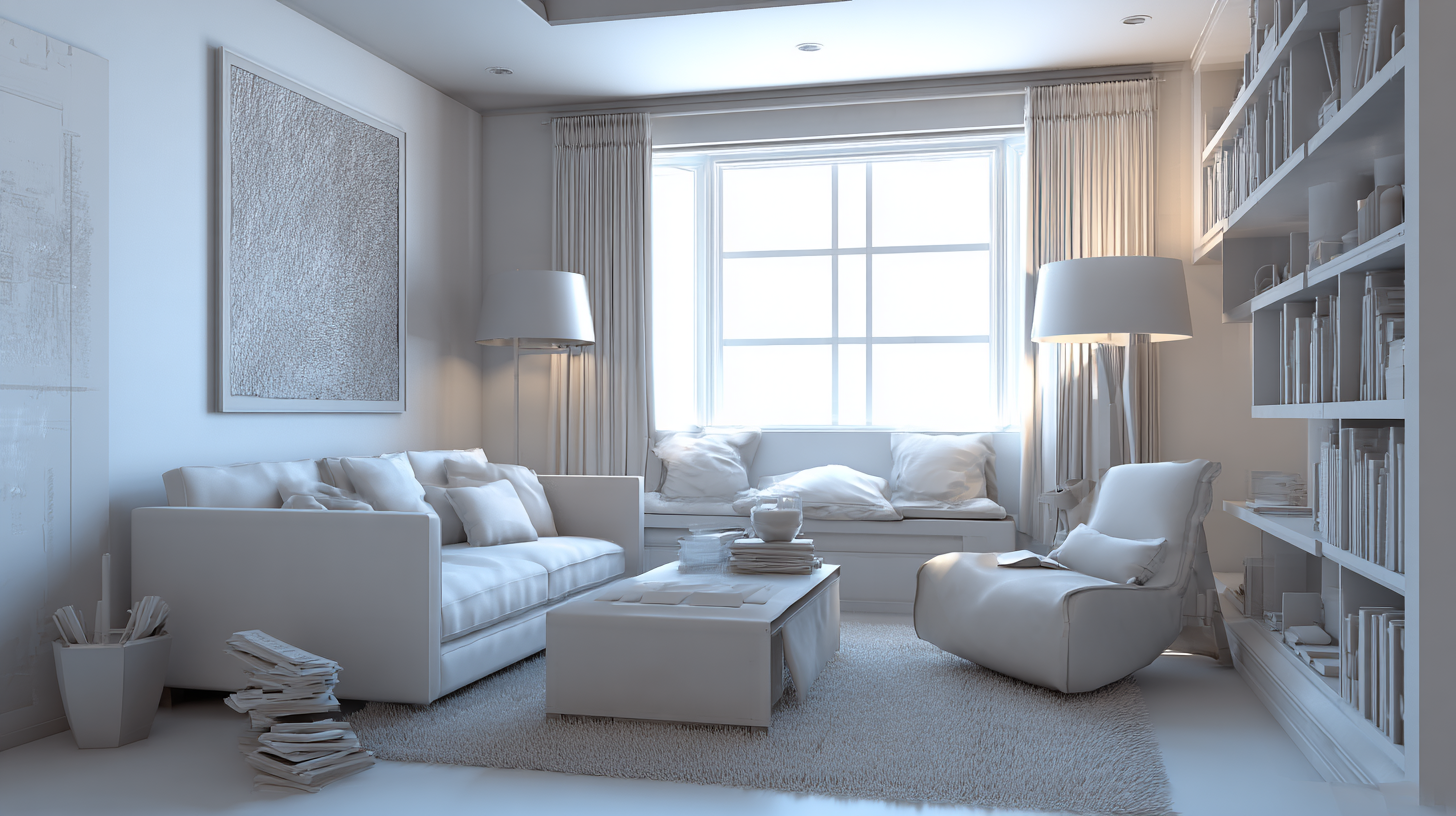 Lighting plays a crucial role in creating visual depth and realism in SketchUp projects. One of the primary strategies is to utilize natural light effectively. Positioning light sources to mimic sunlight can drastically change the mood of a scene. Consider the time of day when rendering; different angles of sunlight can cast unique shadows, enhancing the three-dimensional feel of your designs.
Experimenting with the position of windows and openings can also provide varying light effects, giving your models a more dynamic and inviting atmosphere.
Lighting plays a crucial role in creating visual depth and realism in SketchUp projects. One of the primary strategies is to utilize natural light effectively. Positioning light sources to mimic sunlight can drastically change the mood of a scene. Consider the time of day when rendering; different angles of sunlight can cast unique shadows, enhancing the three-dimensional feel of your designs.
Experimenting with the position of windows and openings can also provide varying light effects, giving your models a more dynamic and inviting atmosphere.
In addition to natural lighting, incorporating artificial light sources can add layers to your visuals. Use spotlights and ambient lighting to highlight specific areas and create contrast. This technique not only emphasizes key features of your design but also adds a touch of realism by reflecting how spaces are lit in real life. Don’t shy away from adjusting the color temperature of your lights; warm tones can create a cozy ambiance, while cooler shades might convey a more modern or sterile environment. By combining both natural and artificial lighting strategies, you can achieve stunning and convincing renders that captivate your audience.
Tips for Seamless Integration of Sketchup with Rendering Software
When it comes to integrating
Sketchup
with rendering software, a seamless workflow can elevate your design projects to new heights. One crucial tip is to
optimize your model's geometry
before exporting. Simplifying complex shapes and ensuring clean lines not only enhances rendering speed but also improves the overall quality of the visuals.
Another key aspect is the texture mapping in
Sketchup.
Apply high-resolution textures and ensure proper scaling before you move to rendering software. This attention to detail can significantly impact the realism of your visuals.
Don't forget to use layers effectively; organizing your components into layers allows for more straightforward adjustments and re-rendering,
saving time on subsequent revisions.
Lastly, leverage plugins that bridge the gap between
Sketchup
and your chosen rendering software. Tools like
V-Ray and
Enscape offer integrated solutions that streamline the process, making it easier to achieve
stunning, photorealistic results with minimal hassle. By embracing these strategies, you can ensure a more
cohesive and productive design experience.
Common Mistakes to Avoid for Stunning Sketchup Visuals
When working with SketchUp to create stunning visuals, avoiding common pitfalls is crucial for achieving the best results. One frequent mistake is neglecting the importance of proper lighting. Without adequate lighting, even the most detailed models can appear flat and uninviting. It's essential to experiment with natural light settings and artificial lights to enhance the depth and texture of your designs.
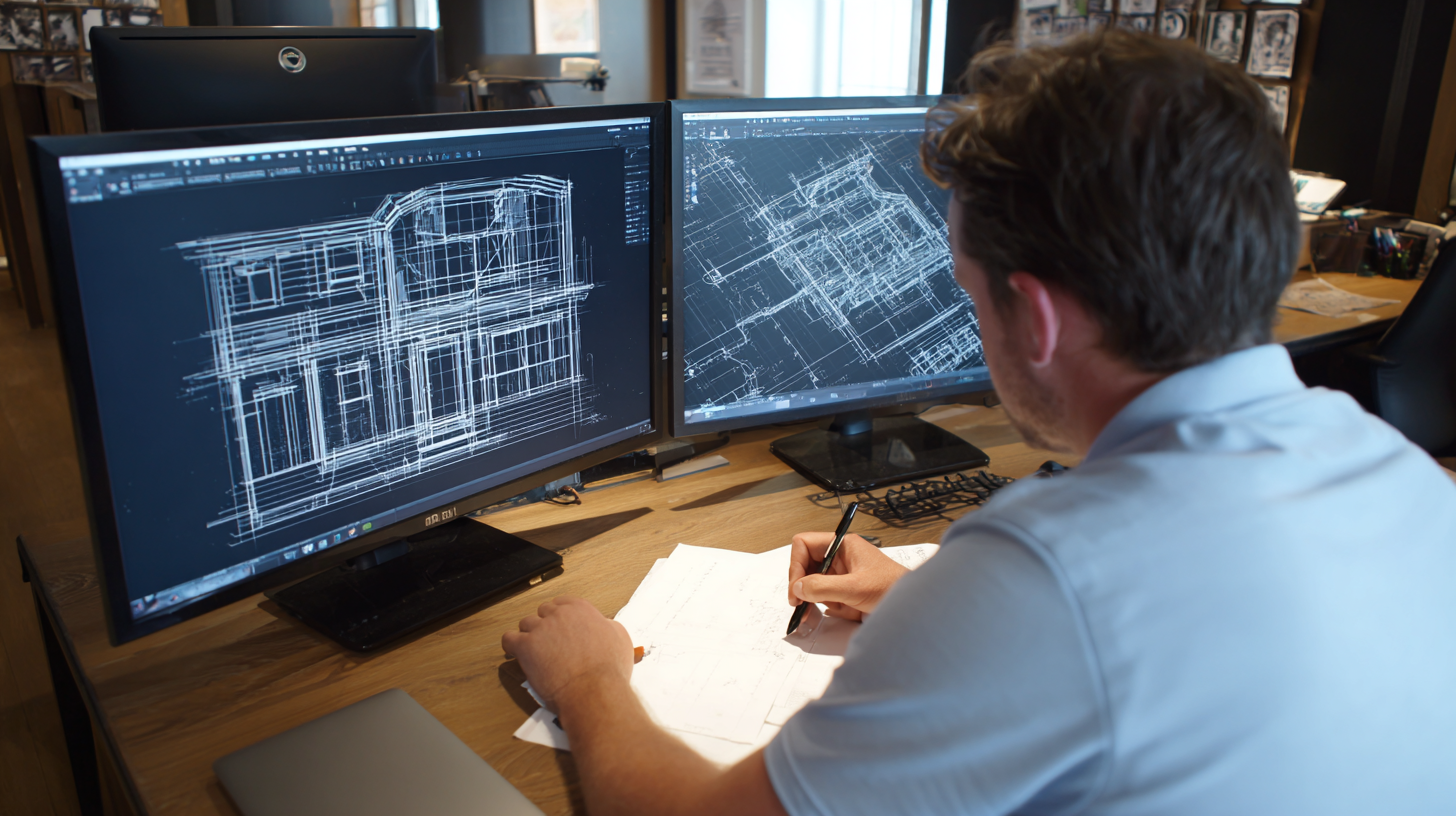
Another common error is overcrowding the model with excessive details or elements. While details can enrich a scene, too many can overwhelm the viewer and detract from the main focus. Striking the right balance is key; aim for clarity and simplicity while still capturing the necessary intricacies of your design. Additionally, leaving out materials is a mistake that can lead to bland visuals. Properly applying and customizing materials will not only add realism but also make your renderings more engaging. By avoiding these common mistakes, you can elevate your SketchUp projects to produce visually stunning results.
Related Posts
-
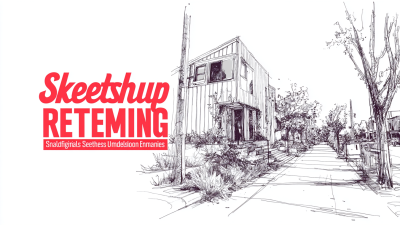
Solutions for Seamless Rendering: Elevating Your SketchUp Projects with Industry-Leading Techniques
-

Exploring Top Alternatives to Sketchup To Render for Enhanced 3D Visualization
-

Innovative Sketchup To Render Examples Transforming Architectural Visualization Strategies
-
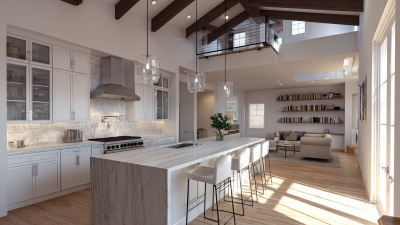
How to Maximize Your Workflow with Sketchup To Render Using Industry Best Practices
-
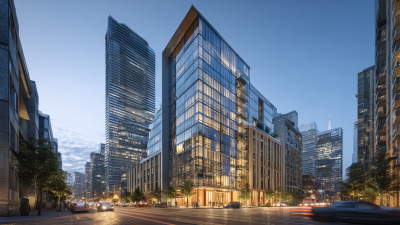
Transforming Urban Projects: How Best 3D Architectural Rendering Enhances Real Estate Development
-
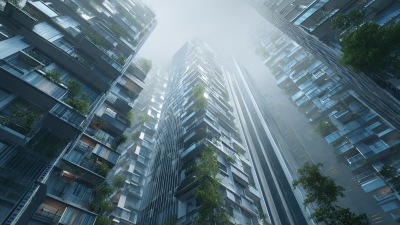
Ultimate Checklist for Selecting the Best Architectural Animation Services for Your Projects


